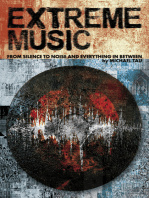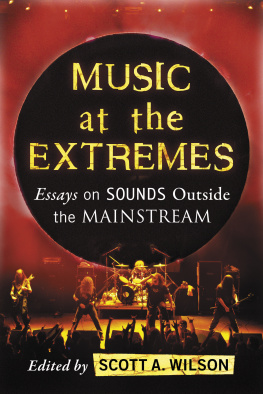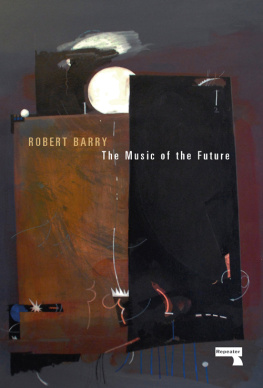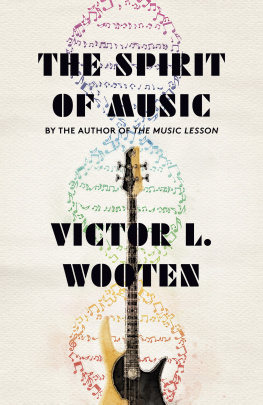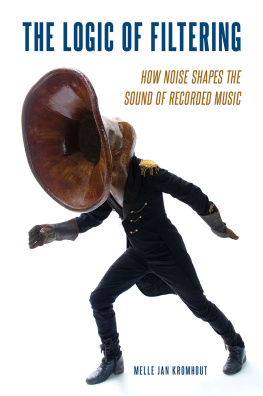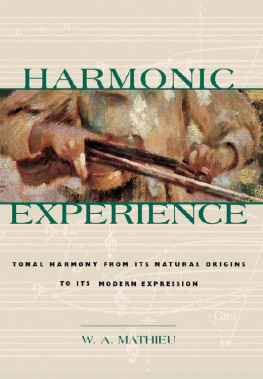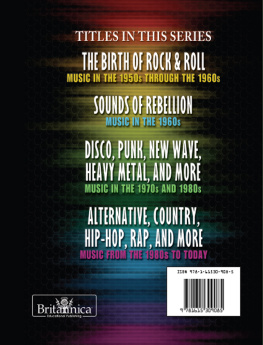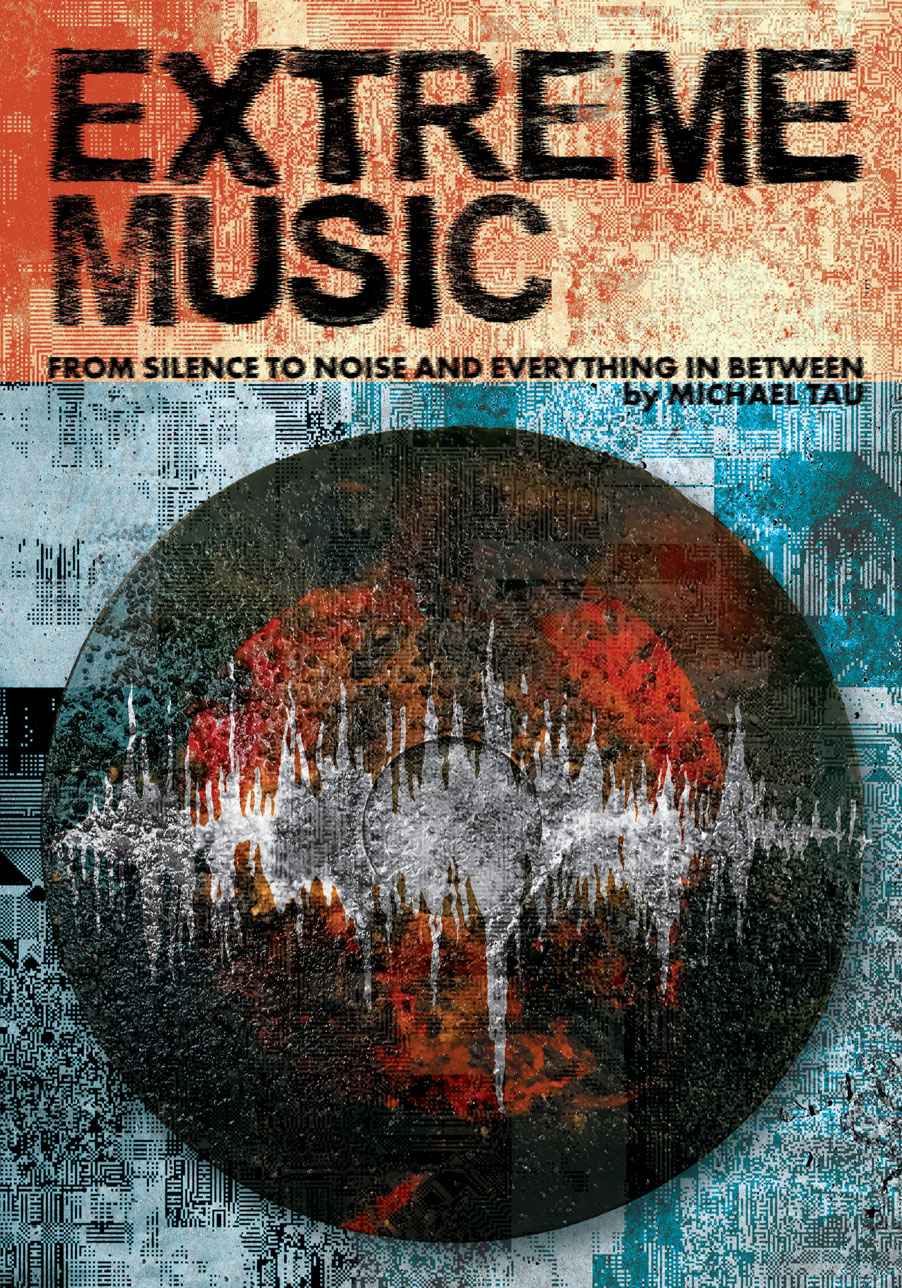
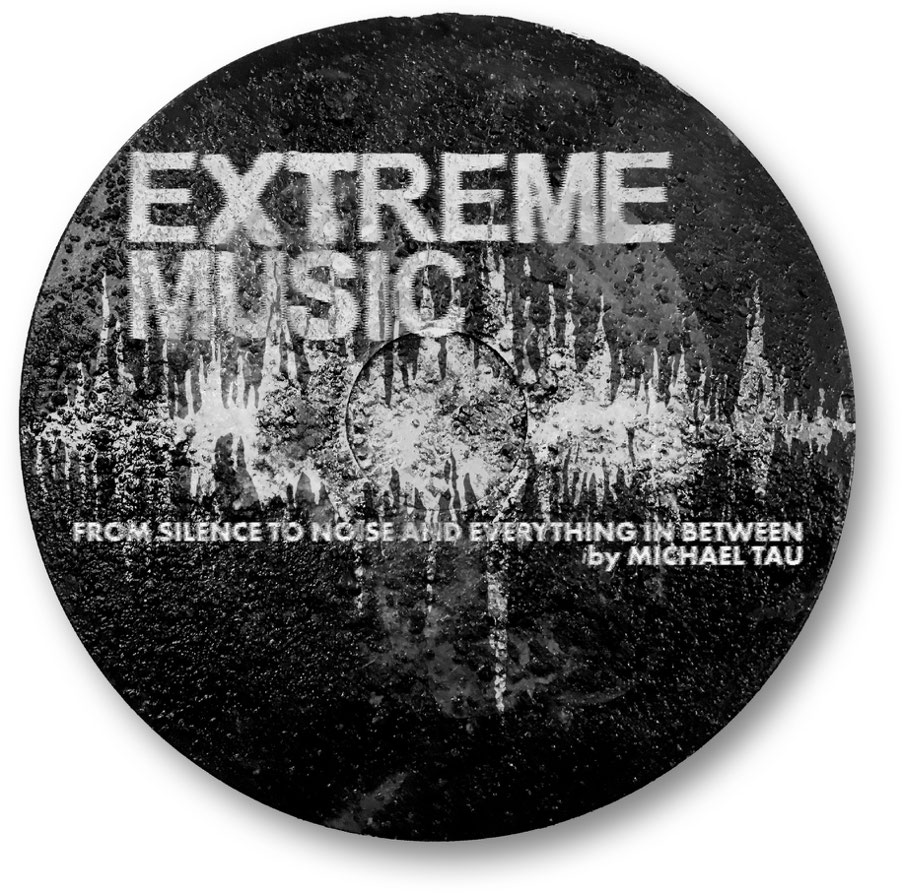
EXTREME MUSIC
FROM SILENCE TO NOISE AND EVERYTHING IN BETWEEN
2022 Michael Tau
Designed by Ron Kretsch
ISBN: 9781627311243
Feral House
1240 W Sims Way #124
Port Townsend WA 98368
www.feralhouse.com
10 9 8 7 6 5 4 3 2 1
TABLE OF CONTENTS
INTRODUCTION
In 2007, a noise music duo from Italy released an album on CD-R that came in a box filled with cooked spaghetti and pesto. When it arrived in the mail, it was caked in mold. In 1989, a Dutch musician named Freek Kinkelaar put out a 12 single on an American label that was nothing more than a wad of vinyl with directions to heat it up and flatten it into a record, then play it on ones home stereo. In 2010, an experimental music group from Denver put out an album that was 5.7 years long. It was made available to download for freebut required over a terabyte of memory to store.
The purpose of this book is to look at musical and quasi-musical moments such as these and to try to understand them. I conducted over one hundred interviews to identify strains of conceptually extreme music, ranging from the edges of the mainstream to the deepest recesses of the underground.
In section one, I look at several music scenes marked by their extremeness, exploring music that is extremely loud, quiet, fast, vulgar, and candid. A sub-sub-subgenre of experimental music called Harsh Noise Wall consists of producers who create long, unchanging blocks of pure noise. An unusual offshoot of electronic music, speedcore, includes beats that are so fast, they stop sounding like beats and instead become tones. Goregrind is a variant of extreme metal that revels in detailed descriptions of human viscera. In the process of uncovering these scenes, I explore how a genre can become an arms race toward extremeness and will also touch on the zone of fruitless intensification.
In section two, I look at the extremes of duration: very long compositions and very short ones. In this area of highly conceptual music, I explore the very different reasons people are drawn to these peculiarly impractical compositions. One producer tells me about fitting eighty-three tracks into two seconds. A PhD-trained composer, meanwhile, explains that his million-years-long tape composition is a tribute to Mark Rothkos paintings.
In section three, I focus on the physical format of vinyl records. I start by exploring records that are unusually small and largeanywhere from one inch to twenty inches in diameter. I then explore the obscure history of picture discs, examine records that come in strange shapes, and delve into the intriguing world of hand-produced, lathe-cut records. I conclude with records that transcend the limits of vinyl, including discs adulterated with hair and blood and records made entirely of chocolate or ice.
In section four, I look at some unusual music formats. I examine the aesthetic of being willfully archaic, telling the history of chiptune (or 8-bit) music and looking at labels that put out music at extremely low bitrates. I then speak with members of communities devoted to outdated methods of sound reproduction, who cannibalize dusty 8-track cartridges for parts and scour eBay for blank microcassettes.
In section five, I touch on gimmicks like scented records before examining some truly unusual packaging concepts from underground music scenes. I speak with John Olson, who has run American Tapes since the early nineties, crafting elaborate handmade cassette packages from detritus from an antiques store. Fabrizio De Bon talks about his record label, Toxic Industries, which has released music sealed inside broken hard drives. I then look at releases with deliriously grotesque cover art and profile several releases that incorporate real body fluids into their cover art. And finally, I look at packaging that is perishablerotting covers that challenge record collectors to hang on to progressively putrefying objects.
In section six, I explore records that challenge our very concept of music. These include records that are silent, records that are intentionally damaged, and records that are fundamentally unplayable. An entrepreneur named Jerry Cammarata tells me about how he pressed a silent record in the seventies, bandying it as a tool for self-reflection. The experimental artist GX Jupitter-Larsen details the story of a record that came accompanied by a handful of dirt. Ron Lessard, who runs RRRecords, takes me through several unplayable releases he has unleashed upon the world. I relate these releases to the Dadaist concept of anti-art.
In section seven, I conclude the tour by looking at a handful of phenomena that have emerged in the digital age, including online music subcultures focused on hyper-specific conceptsfor example, evoking the sensation of walking through an abandoned mall. Finally, I detail how the world of outsider music has survived and thrived with the advent of online music distribution.
In examining these music phenomena, I showcase the diverse reasons people have created these unusual works, while also highlighting their commonalities. I am indebted to the many artists, producers, and record label owners who have told me their stories. Over the course of this book, their words bring these tales alive, revealing the strange and very human motivations that underlie the world of extreme music.
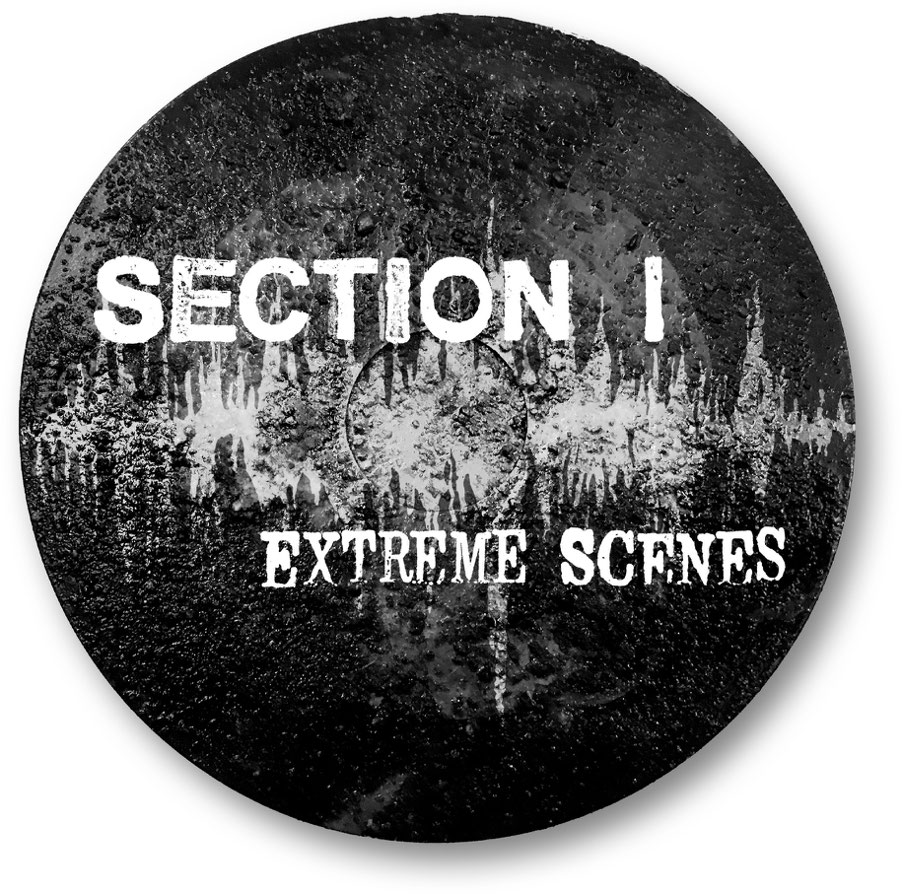
I.1 LOUD
Im a family man with two children. I currently work in administration. But Im also a noise artist and a music fan. All these different levels make up my personality. I also feel its important to dissolve my personality into noise from time to time. My family understands that and knows that it is a real necessity for me to do that.
Romain Perrot a.k.a. Vomir, August 20, 2014
There are several music scenes that emphasize loudness. Countless breeds of metal, several species of punk, multiple shades of electronic music, and even older styles like rock n roll and funk have worshiped at the altar of loud. When it comes to recorded music, the listener ultimately controls the volume knobbut that hasnt stopped many a rapper, singer, and grindcore growler from commanding you to turn it up!
In my mind, post-hardcore bands like Unsane and Helmet are among the most impressive purveyors of viscerally loud music. But they traffic in a very subjective loudness that is difficult to disentangle from the far more nebulous concept of heaviness. I might find a Jawbox song loud, whereas someone else might feel the same way about a Skrillex bass drop or an orchestral hit.
I.1.1 The Loudness War
The loudness war offers one objective example of loudness in recorded music. This is the name given to a phenomenon in which recording engineers manipulate the sonic parameters of a recording to make it sound louder. These tweaks allow the music to compete for listeners attention against other songs on the radio, or to enable songs to separate themselves from the dinfor example, to sound crisp and clear while listened to through earbuds in a noisy subway car. Sound engineers accomplish this using a method called dynamic range compression. To understand how this works, its helpful to visualize the effect on a diagram of the sound spectrum.
For example, take a recording that looks like this:
Next page
